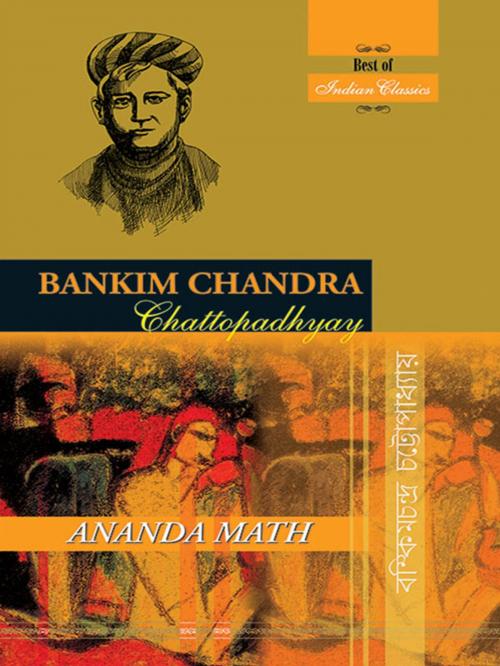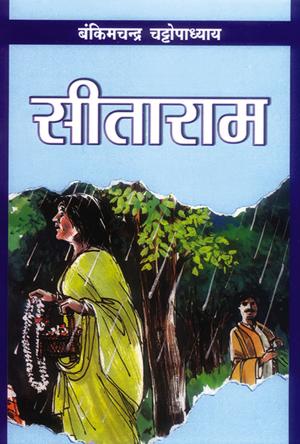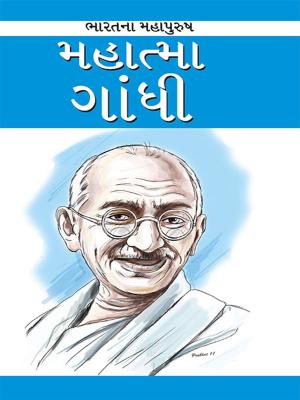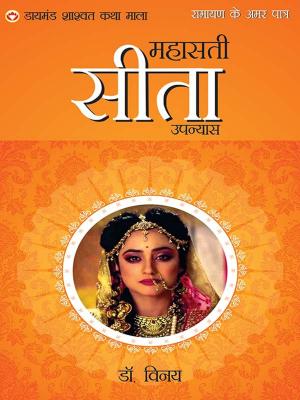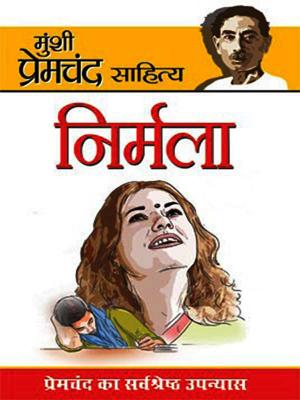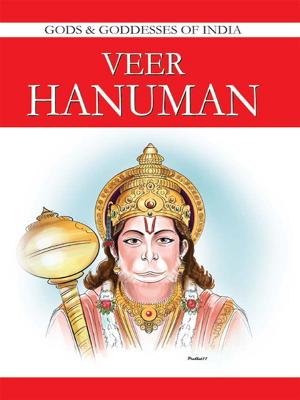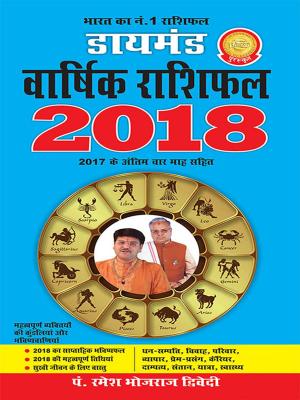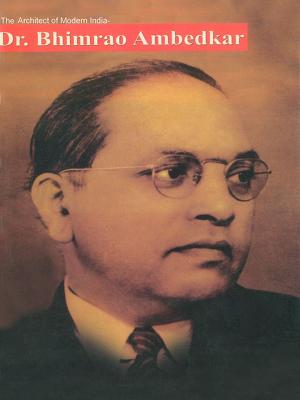| Author: | Bankim Chandra Chattopadhyay | ISBN: | 9789350830499 |
| Publisher: | Diamond Pocket Books Pvt ltd. | Publication: | September 4, 2015 |
| Imprint: | 120 | Language: | English |
| Author: | Bankim Chandra Chattopadhyay |
| ISBN: | 9789350830499 |
| Publisher: | Diamond Pocket Books Pvt ltd. |
| Publication: | September 4, 2015 |
| Imprint: | 120 |
| Language: | English |
One of the most popular Indian novels of all ages, 'Ananda Math' was translated innumerable times into Indian and English languages. Five editions were published in Bengali and Hindi during the author's lifetime, the first in 1882. The novel has the backdrop of the 18th century famine in Bengal, infamous as "Chhiyattorer Manvantar" (famine of 76th Bengali year, 1276), to narrate the saga of armed uprising of the ascetics and their disciples against the pillaging East India Company rulers. The uprising is historically known as 'Santan Vidroha', the ascetics being the children of Goddess Jagadambe.
The saga of 'Ananda Math' is thrilling and best epitomised in the patriotic mass-puller song "Bande Mataram' ('Hail thee, O My Motherland'). The song is still a mantra that stirs imagination of millions of Hindus. The ascetics robbed the tormentors of people — the British rulers and the greedy jamindars — distributed the looted wealth to poverty-stricken people but kept nothing for themselves. Their targets were mostly the Company armoury and supplies. They had a highly organised setup, spread throughout Bengal. It was also India's first battle for freedom, and not the Sipahi Vidroha of 1857.
One of the most popular Indian novels of all ages, 'Ananda Math' was translated innumerable times into Indian and English languages. Five editions were published in Bengali and Hindi during the author's lifetime, the first in 1882. The novel has the backdrop of the 18th century famine in Bengal, infamous as "Chhiyattorer Manvantar" (famine of 76th Bengali year, 1276), to narrate the saga of armed uprising of the ascetics and their disciples against the pillaging East India Company rulers. The uprising is historically known as 'Santan Vidroha', the ascetics being the children of Goddess Jagadambe.
The saga of 'Ananda Math' is thrilling and best epitomised in the patriotic mass-puller song "Bande Mataram' ('Hail thee, O My Motherland'). The song is still a mantra that stirs imagination of millions of Hindus. The ascetics robbed the tormentors of people — the British rulers and the greedy jamindars — distributed the looted wealth to poverty-stricken people but kept nothing for themselves. Their targets were mostly the Company armoury and supplies. They had a highly organised setup, spread throughout Bengal. It was also India's first battle for freedom, and not the Sipahi Vidroha of 1857.
